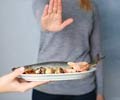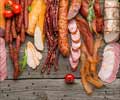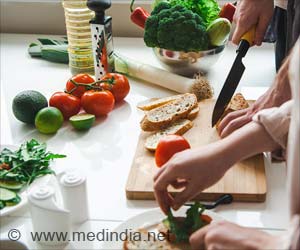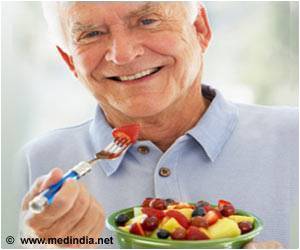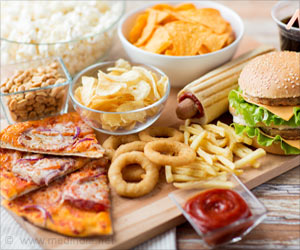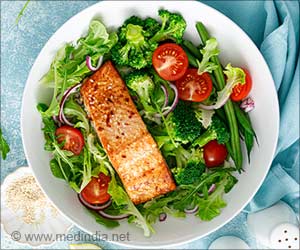A cocktail of artificial colours and the commonly-used preservative sodium benzoate are linked to hyperactivity in children, according to a ground-breaking study published on Thursday by The Lancet.
A cocktail of artificial colours and the commonly-used preservative sodium benzoate are linked to hyperactivity in children, according to a ground-breaking study published on Thursday by The Lancet.
The implications are far-reaching, say the investigators, who suggest that by vetting their child's diet, parents have a simple tool to help them tackle hyperactive behaviour.Researchers at Southampton University in southern England recruited 153 local three-year-olds and 144 children aged eight or nine and assigned them to either of two groups.
One group received an ordinary fruit juice and the other was given a drink identical in look and taste that contained common commercial additives. Both drinks were supplied to parents in identical, sealed anonymous bottles.
The "additives" group itself was split into two batches.
Some children were given "Mix A," a drink which contained artificial colourings typically found in a couple of 56-gramme (two-ounce) bags of sweets.
Others were given "Mix B" which had a higher level of colourings, equivalent (in the dosage for the eight-year-olds) to consuming the additives in four such bags of sweets.
Before the six-week trial began, the researchers asked parents and teachers to assess the child for overactive, impulsive and inattentive behaviour -- the hallmarks of hyperactivity.
For the first week of the trial, the children followed their typical diet.
After that, sweets and drinks with additives were withdrawn, and parents were asked to substitute with the trial drink instead.
The amount of the drink given to the child was in proportion to the amount of artificial colouring removed from their usual diet. The parents did not know whether the drink was Mix A, Mix B or the placebo.
Six weeks later, the children were assessed again for hyperactivity.
Mix A had a "significantly adverse" effect on the three-year-olds, although Mix B made no difference on this group. In the older children, both Mix A and Mix B had a strong effect.
"Overall, children who took the mix moved about 10 percent closer to the definition of being hyperactive," lead author Jim Stevenson, a professor of psychology at the university, told AFP.
"We now have clear evidence that mixtures of certain food colours and benzoate preservative can adversely influence the behaviour of children," said Stevenson.
"However, parents should not think that simply taking these additives out of food will prevent all hyperactive disorders. We know that many other influences are at work, but this at least is one a child can avoid."
The first caution about food additives and their impact on child health were made more than three decades ago, but evidence to give flesh to this warning has been scant or contested as unscientific.
In the past decade, hyperactivity has -- apparently -- ballooned into serious proportions in some countries, stirring controversy along the way.
US doctors commonly see hyperactivity as a medical condition (attention-deficit hyperactivity disorder, ADHD) and prescribe a potent drug, ritalin, to treat it.
Other experts speculate that hyperactivity has social causes such as home instability and poor education, and say use of powerful, mind-altering drugs is dangerous.
In the new study, Mix A comprised 45mg of sodium benzoate and 20mg of artificial food colourings, namely sunset yellow (European food code E110), carmoisine (E122); tartrazine (E102); and ponceau 4R (E124).
Mix B comprised 45mg of sodium benzoate and 30mg of colourings, namely sunset yellow (E110); carmoisine (E122); quinoline yellow (E110) and allura red AC (E129). Sugar and sugar substitutes were not part of the study's focus.
Source-AFP
LIN/J
 MEDINDIA
MEDINDIA
 Email
Email
